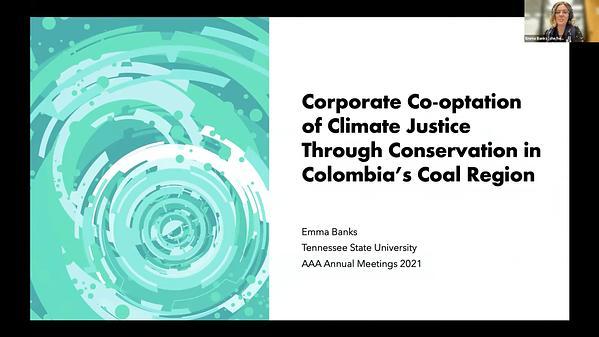Would you like to see your presentation here, made available to a global audience of researchers?
Add your own presentation or have us affordably record your next conference.
keywords:
environmental justice
gentrification
queer
In the United States, spatial ideologies are central to understandings of LGBTQ+ marginalization. Especially salient to these ideologies are political calls for the production of ‘safe spaces’ for queer and trans people and communities and a corresponding ethic of LGBTQ-affirming care. At the same time, notions of LGBTQ+ safe space have been critiqued for reinforcing racial stratification and contributing to notions of queer and trans people as fragile subjects in need of protection. This paper draws on eighteen months of ethnographic data from one local organization providing social and medical services to Black LGBTQ+ youth in metropolitan Detroit to interrogate tensions over ‘safe space’ in a post-industrial, economically disinvested, and gentrifying urban setting. This paper traces organizational efforts to launch a permanent supportive housing program prioritizing the safety of LGBTQ+ youth, and especially transgender women of color, through a complex public-private partnership between state and non-state institutions. In developing these plans, practitioners, youth, and organizational partners expressed contradictory concerns over the relative “safety” of de-populated, disinvested, and environmentally hazardous spaces, on the one hand, and centrally located, well-resourced, and environmentally sustainable spaces on the other. These concerns reveal tensions over visibility, state surveillance, environmental amenities, and urban gentrification in the production of so-called ‘safe spaces.’ Moreover, they suggest that the work of producing safety for LGBTQ+ youth entails complex entanglements between potentially hazardous physical and social environments and spaces envisioned as ‘safe’ and protected, as well as ethical negotiations navigating, maintaining, or disrupting spatial boundaries between safety and violence.

